Cosmetic surgeon Edward Lewison believes that facial flaws have led some people to commit crimes and he has set out to find the answer to whether a new look can open up a new life.
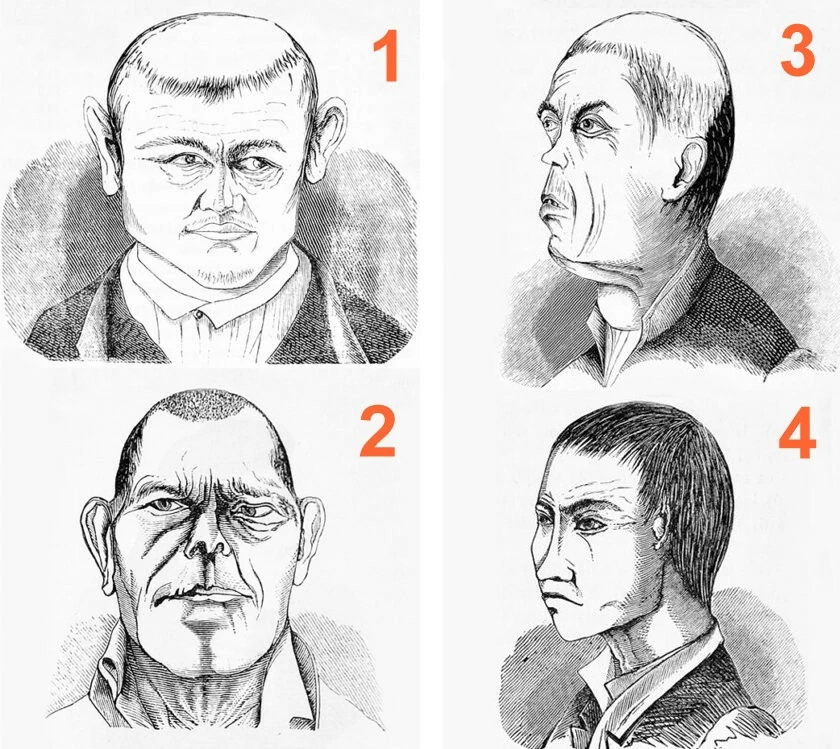 |
| Doctor Cesare Lombroso detailed facial features associated with different criminal groups including rapists, robbers, thieves, and assassins (in order 1-4). (Source: Science History) |
Sam Kean is an American bestselling science author whose works such as The Vanishing Spoon and Criminal Minds have been published in Vietnam. Below is his article on Science History entitled Plastic Surgery in Prison : Does a New Look Mean a New Life?.
All Jenny (name changed) ever wanted was to look normal. As a child, Jenny lived in Canada, and a car accident left her with dents and scars on her nose, which made her extremely self-conscious. She felt like she would never fit in with her friends.
As a troubled teenager, Jenny stole to support her drug addiction. In the late 1950s, at age 28, she was incarcerated at Oakalla Prison near Vancouver. She made the most of her time there, taking typing and English grammar classes and attending drug counseling. She tried to reform, but she couldn’t escape the haunting source of her misery—her ugly, crooked nose.
One day, she heard about a plastic surgeon who volunteered to fix the faces of prisoners for free. His name was Edward Lewison. He believed that scars and facial deformities made some people outcasts and pushed them into crime.
The theory linking physical appearance to criminal behavior is not new. A century ago, Italian physician Cesare Lombroso suggested that certain facial features—a protruding jaw, a sloping forehead, large ears—were markers of criminal tendencies, in part because they recalled our wild ape origins, which lacked impulse control. Lombroso even claimed he could identify criminals from photographs. However, Lombroso’s theory was disproved in the 1950s.
Meanwhile, Lewison believes that facial defects push people into crime, especially children. "When they grow up, these children become weak and cannot earn an honest living. Unable to integrate into the community, they commit crimes as a way to take revenge on society," said Dr. Lewison.
Lewison reasoned that plastic surgery could solve the problem. By giving someone a new face, he could give them a new life.
The surgeon had plenty of opportunity to test his theory at Oakalla Prison, a prison full of broken noses, scars, crooked teeth and protruding ears. He fixed the defects for free. The initial results were encouraging. The prisoner, who had had her nose smashed in a car accident, became happier and more sociable. When she was released, she settled down and stopped using drugs. "She saw the surgery as a major step towards social acceptance," Lewison said.
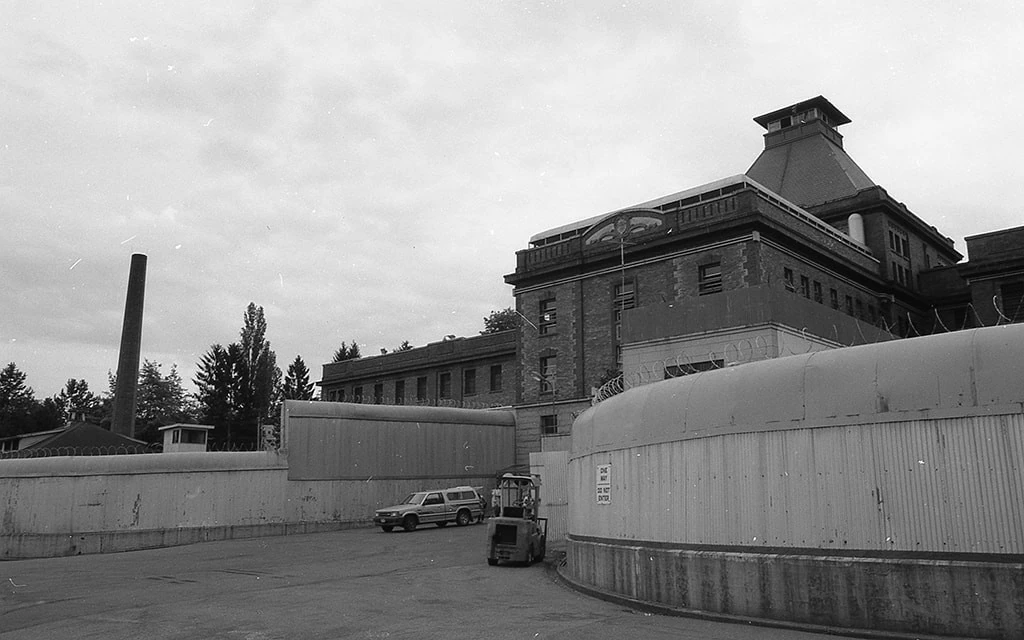 |
| The entrance to the main building of Oakalla Prison in 1991. (Source: Heritage Burnaby) |
In 1956, Lewison reported on 450 cosmetic surgeries (mostly noses, the rest were ear and jaw reconstructions, scar removal). In the next 10 years, 42% of the prisoners were re-arrested. This rate is much lower than the average: 72% of prisoners re-offend. Thus, the difference is up to 30%. Lewison considers this a success.
But he also acknowledged a small but worrying trend: Some patients are using their better looks to move from violent crimes to exploiting others' trust in order to commit fraud.
Critics, meanwhile, have noted several problems with Lewison’s methodology. When comparing recidivism rates, he used the general population as a control group. But when selecting who to have surgery, Lewison only selected prisoners who had committed five or fewer crimes. He left out those who had committed the most crimes and were therefore most likely to return to prison.
Second, Lewison did not take into account psychological factors. Many of the prisoners came from poor families with no access to medical care. Lewison’s offer to repair their faces for free was a kindness they rarely received in their lives. Lewison’s concern may have motivated them to change their lives.
Similarly, some patients may feel grateful and want to repay kindness by becoming kinder people. Their new face may have nothing to do with improved behavior.
Finally, some of Lewison’s patients were involved in other activities in prison, in addition to surgery. It is therefore difficult to determine exactly what cosmetic surgery or activity helped change the inmates’ lives.
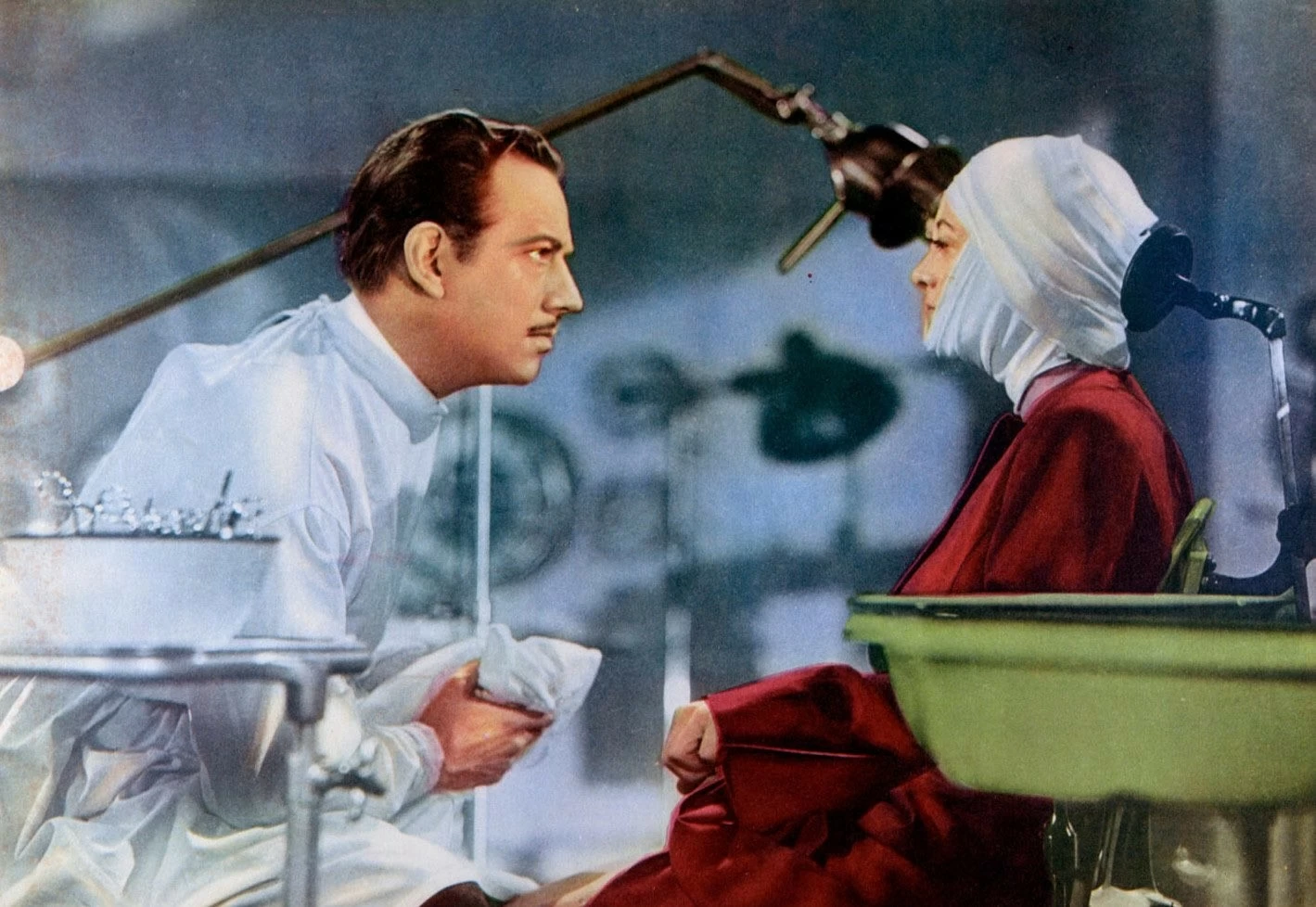 |
| Image from the film 'A Woman's Face' about a female character who escapes her criminal past after undergoing surgery to correct her disfigured face. (Source: MGM) |
Despite its flaws, Lewison’s research inspired a series of analyses over the following decades involving thousands of prisoners. Doctors performed nose, ear, and dental surgery, removed pockmarks, tightened cheeks, liposuctioned waists, and tightened eye bags.
In nine studies on the topic, six times the authors found that cosmetic surgery reduced recidivism, two times it had no effect, and in one study, those who had surgery had a higher rate of returning to prison.
Due to methodological problems and major changes in society, cosmetic surgery programs for prisoners ended in the 1980s. However, recently, this trend has been making a comeback.
There is a lot of evidence that good looks really give people a big boost in life. Handsome students get more attention from teachers, are more popular with their friends. After graduating, this group of people will earn higher salaries and many other benefits.
Nonprofits have sprung up in Hawaii, Arizona and California to help former inmates get facial reconstruction and tattoo removal. Even if a state pays doctors $100,000 per surgery, it’s still cheaper than keeping someone incarcerated.
We may never know for sure whether Lewison was right in saying that making someone more beautiful can completely change their life. But whether in prison or out, we cannot escape the power and allure of beauty.
Source: https://baoquocte.vn/bac-si-phau-thuat-tham-my-di-tim-cau-tra-loi-lieu-dien-mao-moi-co-mo-ra-cuoc-song-moi-282885.html


![[Photo] Prime Ministers of Vietnam and Thailand visit the Exhibition of traditional handicraft products](https://vphoto.vietnam.vn/thumb/1200x675/vietnam/resource/IMAGE/2025/5/15/6cfcd1c23b3e4a238b7fcf93c91a65dd)

![[Photo] National Assembly Chairman Tran Thanh Man meets with Thai Prime Minister Paetongtarn Shinawatra](https://vphoto.vietnam.vn/thumb/1200x675/vietnam/resource/IMAGE/2025/5/15/e71160b1572a457395f2816d84a18b45)











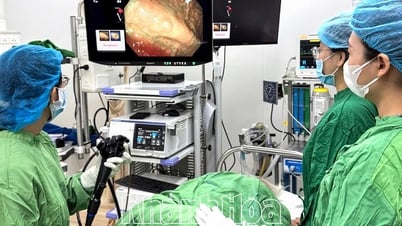







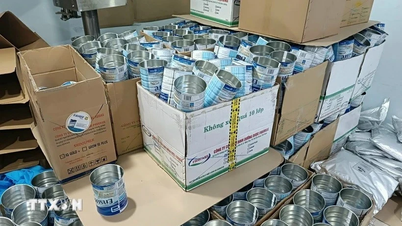























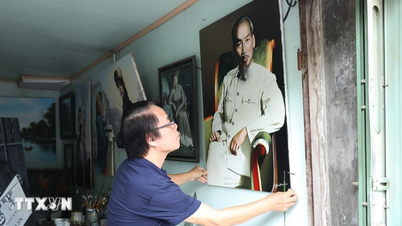


















































Comment (0)